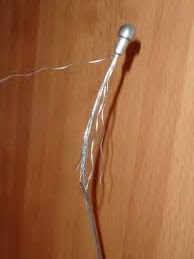 I haven't always lived in Indy; in fact I've spent less than half my life in Indiana even though I moved away when I was well into my twenties. I recently moved back to town after "serving a seven-year sentence" in Houston, Texas. If there's one urban legend that permeates the driving community in Houston (where, in an average year, a dozen cyclists die on the roads, most in hit-and-runs), it's that "95% of cyclists run every stop sign and red light."
I haven't always lived in Indy; in fact I've spent less than half my life in Indiana even though I moved away when I was well into my twenties. I recently moved back to town after "serving a seven-year sentence" in Houston, Texas. If there's one urban legend that permeates the driving community in Houston (where, in an average year, a dozen cyclists die on the roads, most in hit-and-runs), it's that "95% of cyclists run every stop sign and red light."Well, I must be one of the 5%, then: I'm nowhere near stupid enough to run a red light in Indy, much less in Houston! As for stop signs, well, I'll admit to "Idaho stops" when there are no moving vehicles approaching from any direction. Over the past ten or so years (more than 20K miles on the bikes, I have never had a near miss because I ran a stop sign or stop light. I've had a couple of very close calls when drivers ran stop signs, though.
